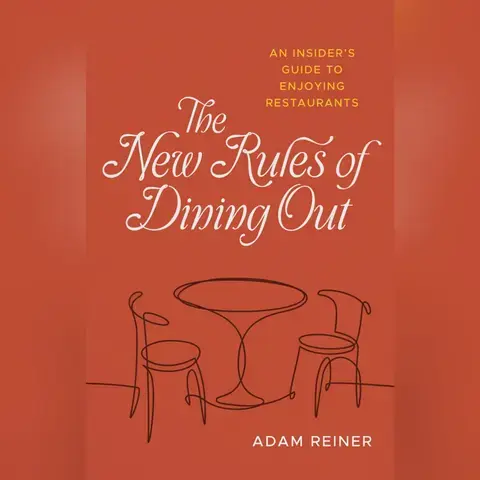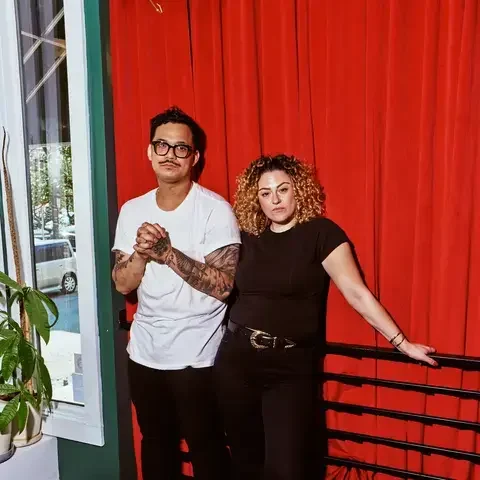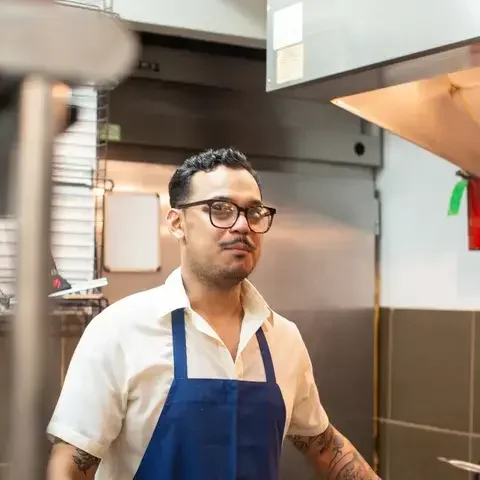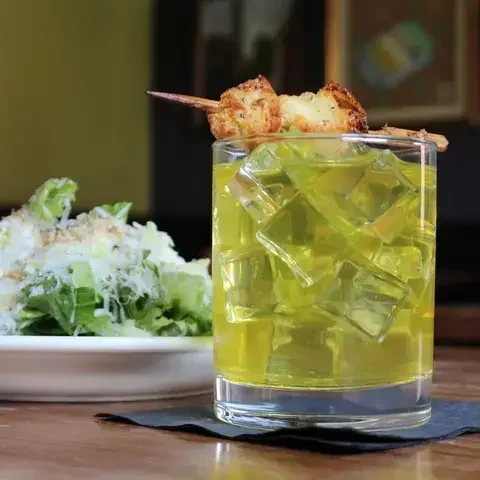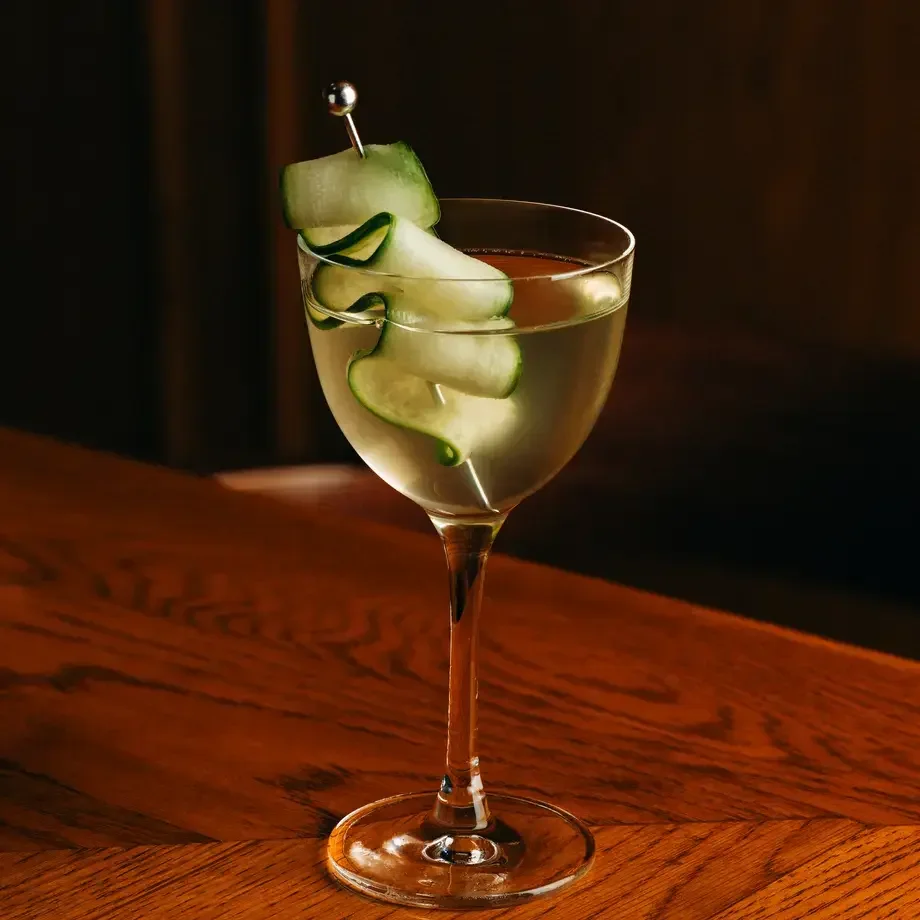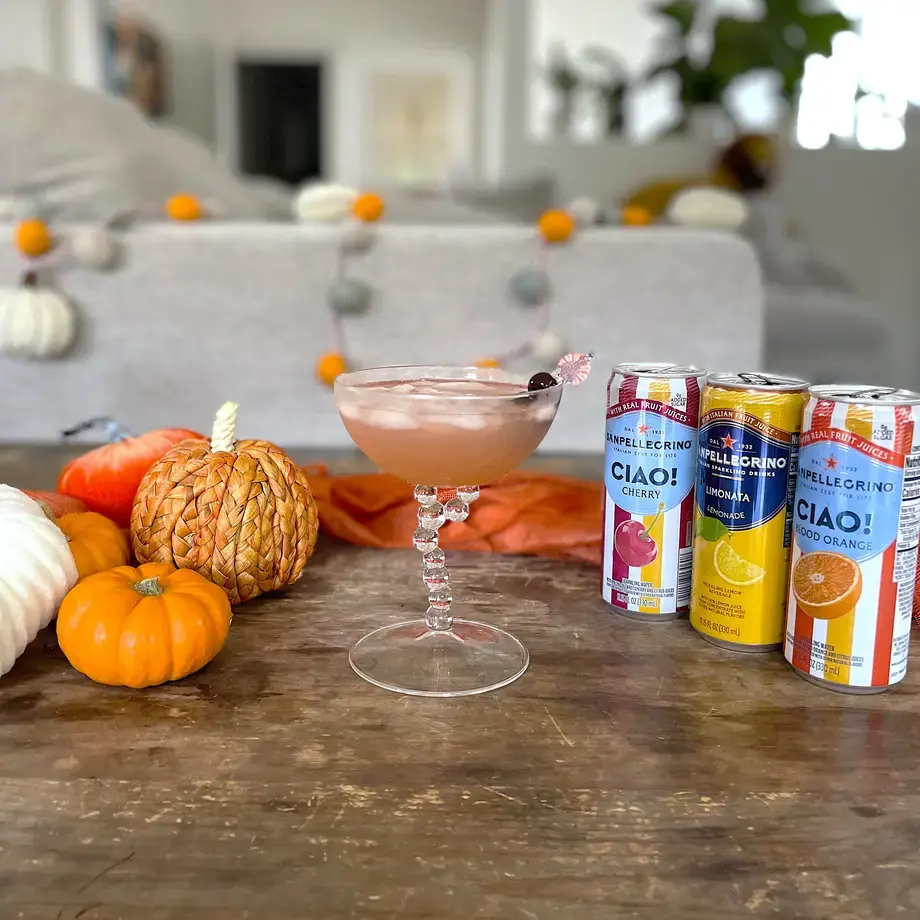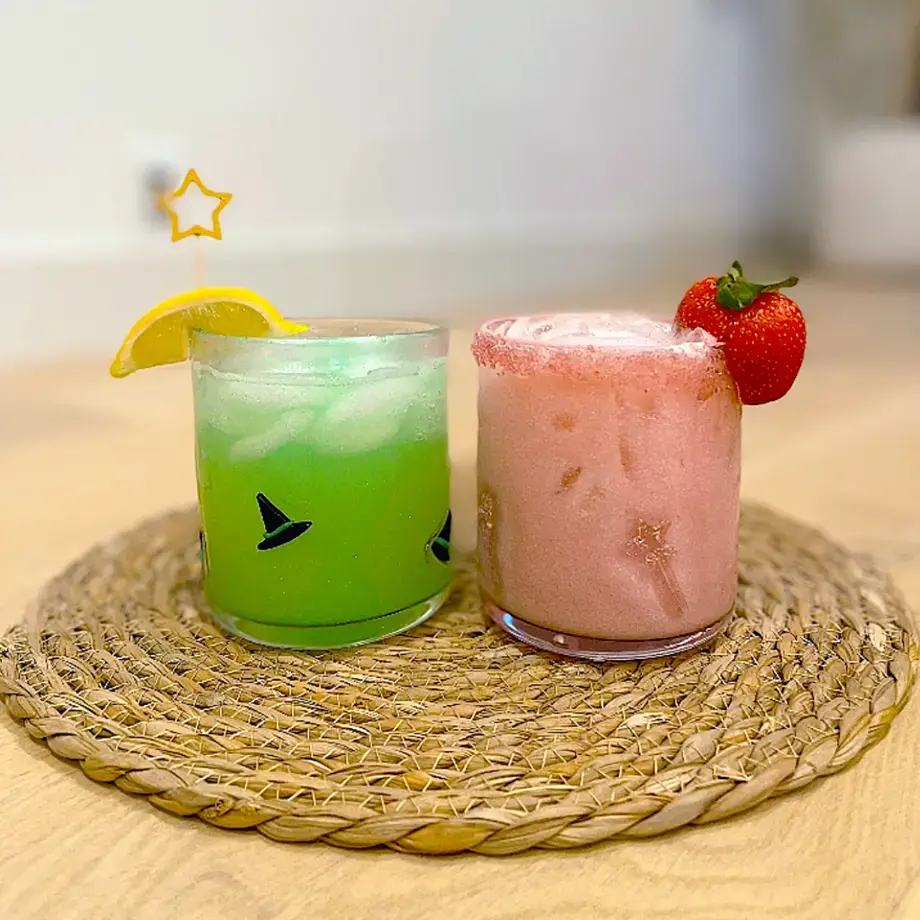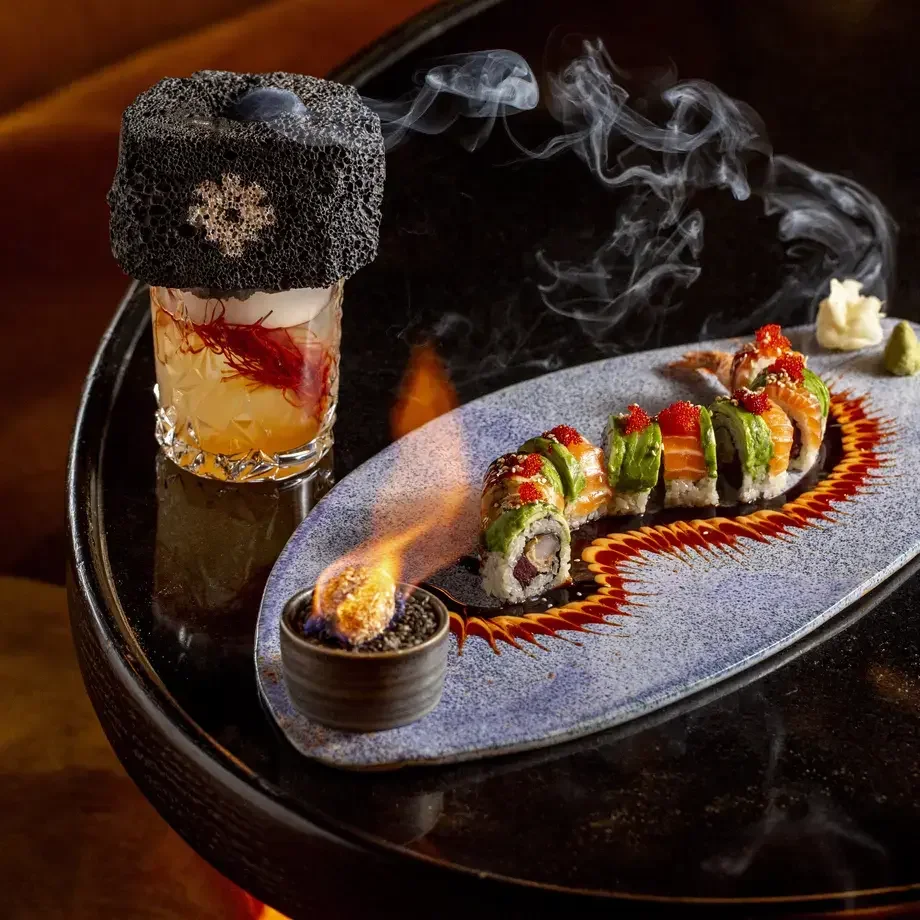At its core, there’s nothing trendy about matcha. It requires painstaking farming practices—often on family-run farms—and precise ceremonial rituals. None of that typically screams trend. And yet, matcha is everywhere. There are matcha lattes at Dunkin’ Donuts, matcha baked into candies and cookies, and matcha starring in yogurt drinks like the one I’m sipping right now from Hey! I Am Yogost, the ultra-trendy Canadian chain that just opened in Philadelphia. On my walk there, I passed two matcha ice cream shops—Matcha Panda and Matcha Cafe Maiko—each selling a familiar flavor trio: matcha, ube, and hojicha. But make no mistake: these shops are entirely dedicated to matcha.
Earthy, grassy, and lightly bitter, matcha can be pure magic when combined with milk and sugar. Beyond the beverage boom, matcha has also found its way onto cocktail and dessert menus. Its surge in popularity has even sparked global shortages—and a few fights among fans who suddenly can’t get their hands on it.
If we haven’t reached peak matcha yet, we’re close.
What’s the Difference Between Matcha and Green Tea?
True matcha is grown in Japan. Its production involves three key steps that distinguish it from other green teas: shading the plants before harvest, removing stems and veins from the leaves, and pulverizing the leaves into a fine powder. Unlike other green teas, the leaves are never rolled.
Tencha, the precursor to matcha, goes through its own careful process—shading the tea plants, steaming the harvested leaves to prevent oxidation, drying them to reduce moisture, and removing all stems and veins to leave only the soft leaf. The final step is grinding the leaves with a stone mill. According to tea consultant Alexis Siemons, that final step is now happening in-house at serious matcha cafés across the U.S.
But while matcha needs coddling, it doesn’t always get it.
“It’s a delicate tea,” said Siemons. “If you use water that’s too hot, you can burn the flavor. If you don’t sift it or remove the clumps, it’ll be a very granular experience. That’s been my experience at cafés on the East Coast. If you skip those two key steps and treat it like an Earl Grey tea bag, it’s going to be awful.”
For cooking, Siemons recommends using culinary-grade matcha, which “has a more pronounced flavor that can come through [baking and cooking processes].” But she warns: “More is not more. Even if you’re baking with it, sifting should always be part of the process.”




